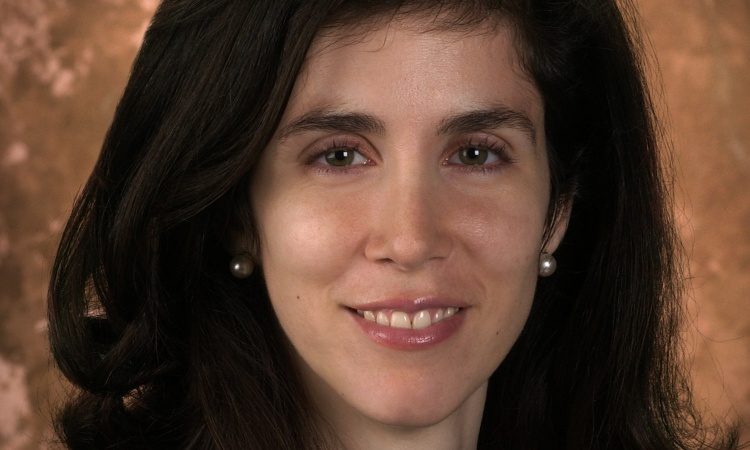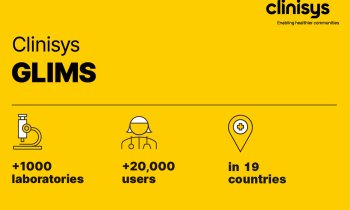Patients pay the price of over-crowding
The medical departments of Danish hospitals routinely function at 100 percent in-patient bed capacity. Is this situation a factor of productivity and efficiency or a situation to be concerned about? Is there any clinical impact on patients admitted to such a crowded hospital?
Report: Cynthia E Keen

There is a clinical impact and it is startling. Patients admitted to Danish hospitals with an 85-110% bed occupancy have an up-to-9% greater risk of dying when an in-patient, or within 30 days of discharge. Specifically, in high bed occupancy hospitals, a 1.2% increase in relative mortality risk per 10% increase in bed occupancy rate has been identified.
A statistical analysis published in Health Affairs (Vol. 33:4, July 2014) reached those conclusions after powerful computers analysed billions of data points about 2,651 million admissions of 1.24 million patients to 322 medical departments at 72 Danish hospitals in an 18-year period.
Dr Flemming Madsen, director of the Allergy and Lung Clinic in Elsinore, working with a statistician and an epidemiologist at two Danish university hospitals, could validate the concerns he had been publicly stating for years about patient safety. When working as the director of the Department of Internal Medicine at Frederiksberg Hospital in Copenhagen from 1998 to 2003, Dr Madsen said he repeatedly advised hospital administrators that physicians and nurses were overworked, that the resources of some departments were strained beyond capacity, potentially compromising the quality of treatment, and that a percentage of patients were being discharged sooner than they should have been, to create bed space for other critically ill patients awaiting vacant beds.
However, no actions were taken to investigate his concerns or make changes, he told European Hospital.
The study represents a decade of data collection and subsequent analysis of administrative data covering all hospital admissions for the years 1995 through 2012, with the exception of surgical, paediatric and psychiatric patients. Its objective was to identify risk-adjusted in-hospital mortality and risk-adjusted 30-day mortality.
Data was collected from the Danish National Health Database and from individual hospitals. Patients who died within 24 hours and children under 16 years were excluded from the study.
In addition to the level of bed occupancy, as might be expected the research team identified increasing age and disease severity as being significantly associated with increasing in-hospital and 30 day mortality rates. Patients admitted during vacation periods (January, February, March, and July) faced increased mortality risk. Being admitted after normal working hours (weekdays between 0700 and 1600) and holidays increased morality risk 10 times more, confirming findings of previously published peer-review journal studies.
The researchers pointed out that after hours and on weekends, nursing staff levels tend to be less, diagnostic testing may not be available, and fewer physician specialists are accessible. Patients might need to wait to see physicians or to have diagnostic and therapeutic procedures, potentially affecting diagnosis and treatment. All these factors could be contributing to less effective treatment and patient safety. Noting that bed occupancy rates have been constant for decades, and that there was a 30% reduction in the number of hospital beds during the study,
Dr Madsen believes that the major reason for chronic bed shortages in Danish hospitals is probably the result of careful governmental planning. He is hopeful that government health department officials, politicians, healthcare professionals, and Danish citizens will recognise, as a result of the study, that bed shortages are a potential health risk. ‘When serious adverse events occur, hospitals conduct root cause analyses. This is needed to identify the specific causes of higher mortality rates and to make changes. High bed occupancy by itself is not a bad thing. ‘What needs to be carefully analysed is specifically how high bed occupancy is negatively affecting patient treatment,’ he said. ‘Changes need to be made.’ The study should also be a wake-up call for other country’s health systems that might aspire to 100% bed occupancy rates for their hospitals. Dr Madsen’s conclusion: ‘Computational analysis that was not available to medical researchers even five years ago has shown that there is a high price to pay for some patients.’
The study: http://content.healthaffairs.org/content/33/7/1236.abstract
10.11.2014










